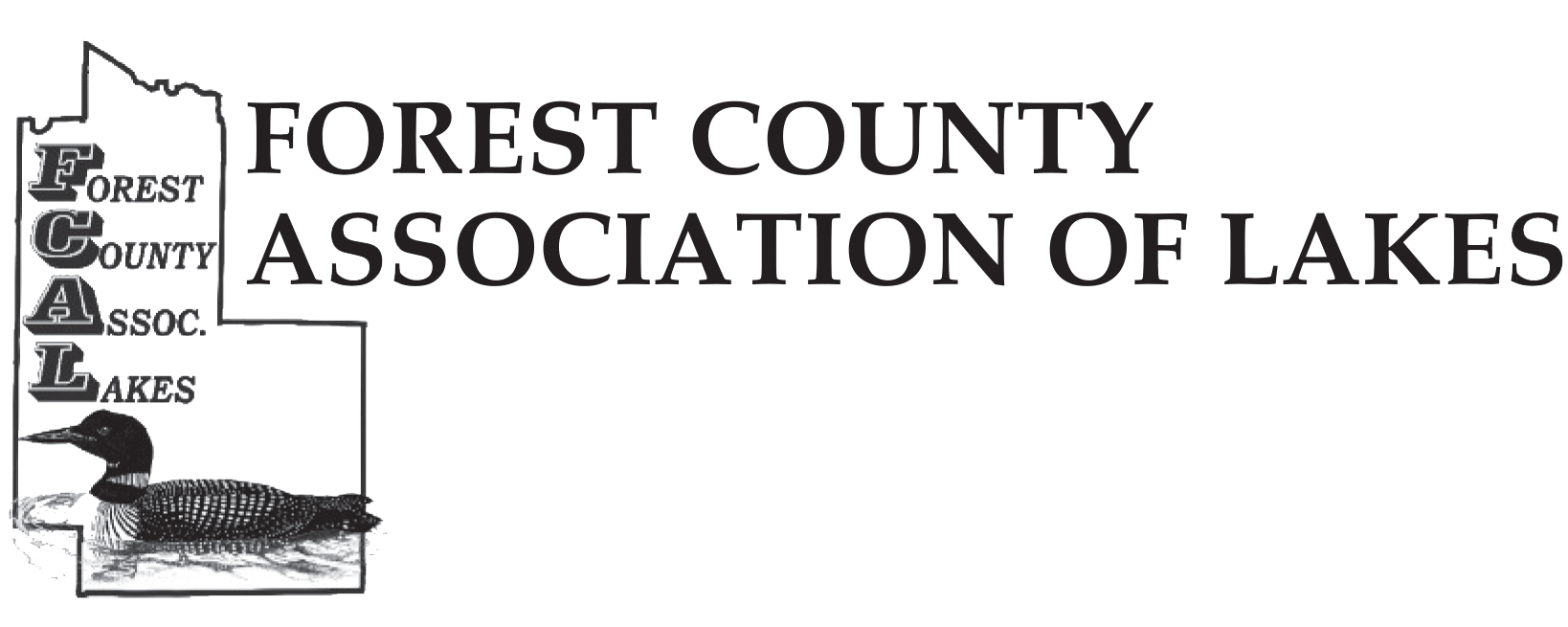Did you know the best time of year to trim and prune trees and is late fall into winter? This is because you can easily see the structure of the tree and the wounds will close better the next growing season. Also, sap and resin flow will be minimal in the dormant season, so there will be a reduced chance of insects transmitting disease, such as oak wilt, to your trees.
Crown Thinning:
This technique is usually for hardwood trees to increase light penetration and air movement. A rule of thumb is that no more than 1/4 of the living tree crown should be removed at a time.
V-shaped unions should also be removed since the branches grow at an acute angle to each other and form included bark. This prevent strong union of branches and can form a crack. U-shaped unions have a strong connection and should not be removed.
Crown Raising:
This technique is to remove the branches from the bottom of the crown for clearance. It is also used to develop a clear stem for timber production.
This rule of thumb is that after pruning, the living crown to total tree height ratio should be 2:3. In other words, 33% of the low hanging branches can be removed and 67% of the crown should be retained.
Cutting Tips:
- Use a sharp saw to produce clean cuts and to reduce damage to other parts of the tree
- Use a pole pruner rather than standing on a ladder to reach higher branches
- Remove branch tissue but don’t damage stem tissue so the wound can seal.
- Look for the branch collar or branch bark ridge and cut above this
- If a larger branch, follow the numbered red cuts to prevent tears to the remaining bark
- Angle the cut down and away from stem of tree
- Work safety and make sure to consult a professional if too large of a task to complete on your own
Conservation Corner is a weekly article produced by the Forest County Land &Water Conservation Department. For more information contact Steve Kircher, County Conservationist-Land Information/GIS Director at 715-478-1387 or by e-mail at .
